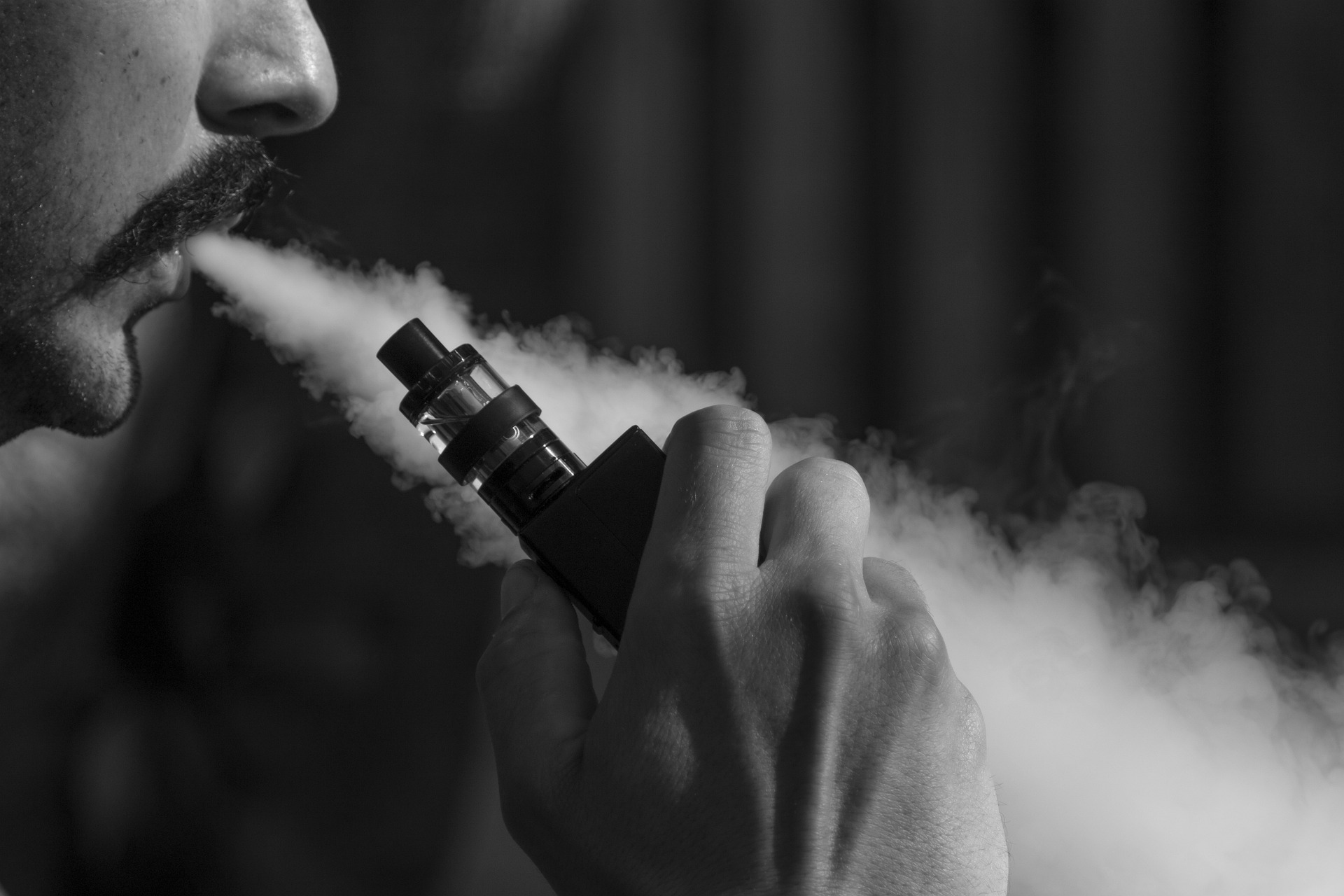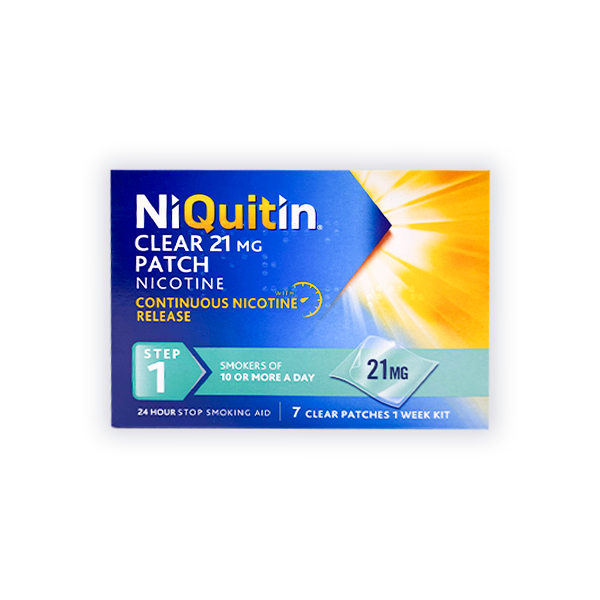
What is vaping?
Vaping vs smoking has become a global talking point over the past decade, as the general public have become more aware of the potential dangers of smoking tobacco. We’ve all seen clouds of smoke exuding randomly from groups of young people who gather in clusters, temporarily blinding anyone who passes by. But what is it?
Vaping, an alternative to smoking, involves using an e-cigarette device to inhale vapour. The device contains nicotine and serves as another way to inhale it than through smoking. A Chinese pharmacist developed this new phenomenon in response to his father’s death, who died from lung cancer and was a heavy smoker.
E-cigarettes came onto the market in China in 2003, moved into the US sphere in 2007, and since then have boomed internationally in both young people and adults. In 2019, an estimated 3.2 million adults in Great Britain vaped, exploding from 700,000 in 2012.
The popularity of vaping among teens and young people
Vaping laws and regulations restrict its use to those aged 18 and above. However, marketing tactics make it appealing to a younger audience too. Various flavours of vapes have been introduced, which make vaping an attractive alternative to the sometimes-deemed unpleasant odour of smoking tobacco.
One website advertises over 2500 varieties of flavours – ranging from the traditional tobacco flavour to unconventional yet appetizing options such as vanilla, spearmint, bubble gum, rhubarb, and even maple syrup! When asking ‘vaping vs smoking’ it is clear that from a popularity point of view, vaping is by far more common.
Vaping vs Smoking: The influence of social media
Vaping has also been popularised on social media, a powerful tool for influencing the masses, particularly young people. It has been marketed as a healthier, safer alternative to smoking. Showing celebrities and models vaping promotes a sense of “cool” that young people aspire to.
Vaping is also convenient, with its refillable cartridge, which can be ordered online, as well as its lack of a strong traceable scent. This makes it a no-brainer for young people who don’t want to spend their money on endless tobacco pouches or be caught by eagle-eyed parents on their return home.
Growth in the use of e-cigarettes has been most prominent in teenagers, with studies showing that 19.6% of US high school teens use vapes, as opposed to 5% of adults. Most had never smoked tobacco before, and some took up smoking afterwards.
Children are vaping increasingly, with NHS figures showing that 9% of children aged 11-15 had used e-cigarettes in 2021, which increased from 6% in 2018. Vaping, as opposed to smoking, is now the preferred modality of nicotine consumption among young people. This poses the question of whether vaping, intended initially as a safer alternative to tobacco, invites young people into it.

Vaping vs Smoking: The Science
Despite still containing nicotine, vaping has been shown to contain far fewer toxins than smoking and is also helpful for adults who want to quit smoking. Cigarettes contain chemicals such as Smoking tobacco is still one of the biggest preventable causes of premature death. It increases the risk of many health complications, such as heart disease, stroke, cancer and lung disease. These are caused by the toxins and carcinogens that reside in the smoke rather than nicotine.
Additionally, vape pens are twice as effective as NRT treatments, such as patches, at stopping smokers from smoking. Vaping is not recommended for non-smokers, but with effective vaping laws and regulations, it can be an effective tool to help smokers swap to a less toxic way of inhaling nicotine.
The Dangers of Vaping vs Smoking
Vaping, however, is not a risk-free activity, despite the NHS claiming that it is 95% safer than smoking. The long-term health implications of using various flavours of vape have not been able to be studied due to its relatively recent introduction onto the market. The lack of evidence base means that vaping cannot be known to be safe in the long term. As for cigarette smoking, it will likely require 10 to 20 years before we have enough data to ascertain long-term risks.
In the meantime, however, vape products have been linked to an epidemic of acute pulmonary disease. In 2019 there were 2807 cases of lung injury, which resulted in 68 deaths. These were mainly associated with THC products and arose spontaneously and rapidly in young, healthy individuals. This shows that there are dangerous health risks associated with vaping.
Additionally, nicotine is known to be as addictive as heroin. It poses a risk to adolescent brains, which don’t finish developing until the age of 25. Nicotine can harm brain areas linked with attention, learning, mood, and impulse control.
Adolescents who vape are at high risk of attention deficits, mood disorders and suicidal thoughts. Without effective vaping laws and regulations, exposure to nicotine through vaping from a young age risks mental development. It puts adolescents at a higher risk of developing addictions throughout their lives.
How can we regulate vaping?
How can vaping in young people and teenagers be combatted? An activity created to help adults stop smoking, yet insidiously marketed towards young people. We can call for tighter restrictions on vaping laws and regulations. Despite age restrictions to 18 and over, vapes can be bought in-store or online quickly, and many high school goers can access one, presumably through friends.
Many states in the US have already banned various flavours of vapes, which makes them more attractive to young people. In Australia, it is required to have a prescription to obtain a vape. A cluster of other countries have introduced regulations such as adding additional taxes, banning vaping in public spaces, and controlling advertising.
These vaping laws and regulations could help reduce the number of teenagers and young people taking up vaping.

On top of vaping laws and regulations, education by healthcare providers, parents and teachers is essential to counteract the effects of marketing aimed at young people. Vape shops have popularised e-cigarettes as a commodity rather than a healthcare device to stop smoking
Education can help reframe vaping to its intended purpose as a deterrent from smoking rather than a recreational activity. Education on the risks of vaping, such as its effects on health, nicotine addiction, and our lack of insight into its future consequences, would be a sure start to reduce its impact on teenagers and young people today.
So… vaping vs smoking – which ones better?
While vaping isn’t as detrimental to your health, it is not entirely risk-free. If you are a vaper, feel free to weigh the risks and benefits for yourself. Just don’t pass it to your 13-year-old brother for a puff!
If you’re worried about your health, e-Surgery’s ‘Ask a Pharmacist‘ service offers free and accessible advice from a medical professional, at a time that suits you!










